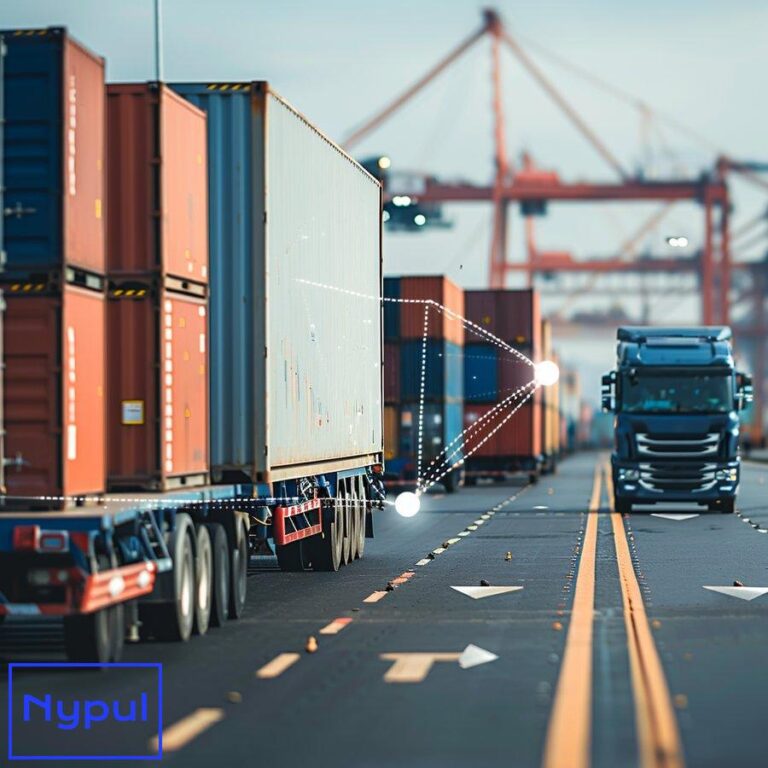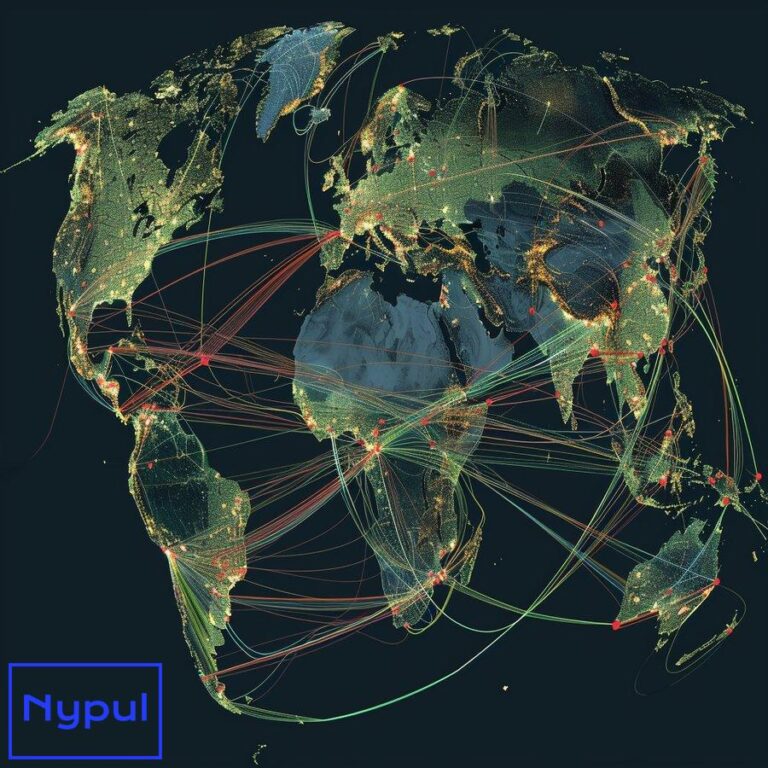What Are the Various Types of Containers
What are the most common types of shipping containers? The most widely used shipping containers in the global logistics industry are dry storage containers. These rectangular steel boxes come in two standard sizes: 20-foot containers (20′ x 8′ x 8’6″) – Capacity: 33.2 m³ – Maximum load: 28,200 kg 40-foot containers (40′ x 8′ x…



